Last Thursday, Nov. 14 marked the reception of Rowan University’s Art Gallery and Museum’s newest exhibit, “Prima Materia.”
That evening, an audience of both students and non-students came out to the 301 High St. Gallery to enjoy the new exhibit, and to listen to the artists speak about their work. Curated by Anabelle Rodríguez-González, the exhibit featured work from three Latino-American artists, Blanka Amezkua, Esperanza Cortés, and Anthony Carlos Molden, in a wide variety of mediums ranging from elaborate sculptures to traditional 2-D images.
“There is a continuum between craft and art, and my favorite artists are incredible craftspeople too,” said Rodríguez-González on assembling the exhibit. “I really like work where you can see the artist’s hand, I think there’s something very human, very touching about that – pun intended!”
Rodríguez-González went on to explain her goal to display work that shows artistic merit as well as craftsmanship, and how it impacted the exhibit as a whole. Then, she handed the reins off to the individual artists, allowing them to introduce themselves and explain their work.
Anthony Carlos Molden, an Iowa-born, Philadelphia-based artist explained how his work sought to channel positive spiritual energies, and how working in the medium of sculpture allowed him to break away from the boredom traditional painting brought him.
“I had been painting since I was twelve, so I was getting bored, and I just started using alternative materials. And then, I got into the recycling of it, the challenge of using whatever I could find … and those challenges always seemed to be spiritually guided to me,” said Molden.
Molden’s sculptures drew attention for their incorporation of electrically light elements.
“I was in three shows where the lighting was horrible, and my pieces were always light-reactive because of the color and the materials I used, so if they weren’t lit up at all, it made no sense. So I got mad, and I said ‘When I get home, I’m gonna put the lights in the pieces,’” said Molden.
Esperanza Cortés’ work proved exceedingly diverse– from sparkling three-dimensional pieces to understated images to multi-textured tile works lying somewhere in between, her work explored just as varied topics and themes as the mediums she expressed them in.
Cortés’ work often featured a recurring motif of the female figure, placed front, center, headless, and nude in several of her pieces.
“You see so many female figures, not identified as a specific person or of a specific place,” said Cortés, explaining the motif. “It is not the woman, but the generosity of women. Women are the tree of life.”
Blanka Amezkua’s contribution to the exhibit largely revolved around her creation of an ofrenda – a traditional Mexican altar to honor the deceased, typically decorated with items to pay tribute to them – dedicated to the memory of children who have fallen victims to gun violence. Through using a deeply traditional art form to tackle a modern issue, Amezkua sought to make a powerful statement on gun violence in our country today.
“How is it possible where we have a country where working with children can be dangerous?” said Amezkua on the driving question behind her piece, illustrating her anti-gun violence message.
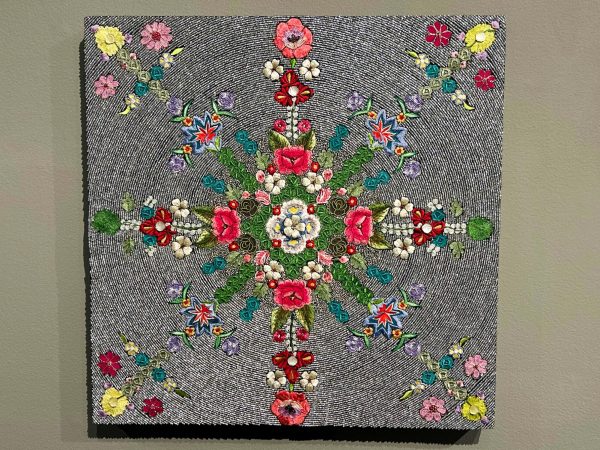
As a whole, the collection explores social issues and Latino-American culture through mixed media artworks. “Prima Materia” will be on display in Rowan’s 301 High St. Gallery until Jan. 4, 2025.
For comments/questions about this story DM us on Instagram @thewhitatrowan or email [email protected]

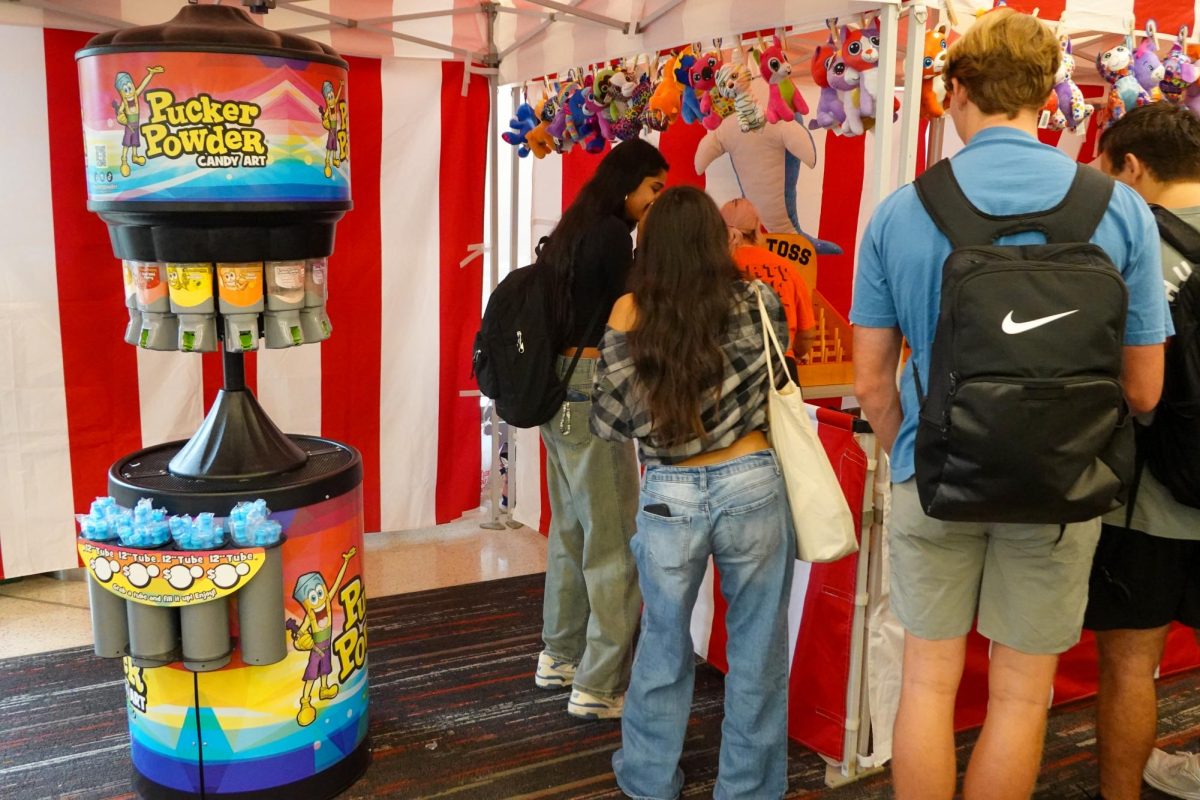


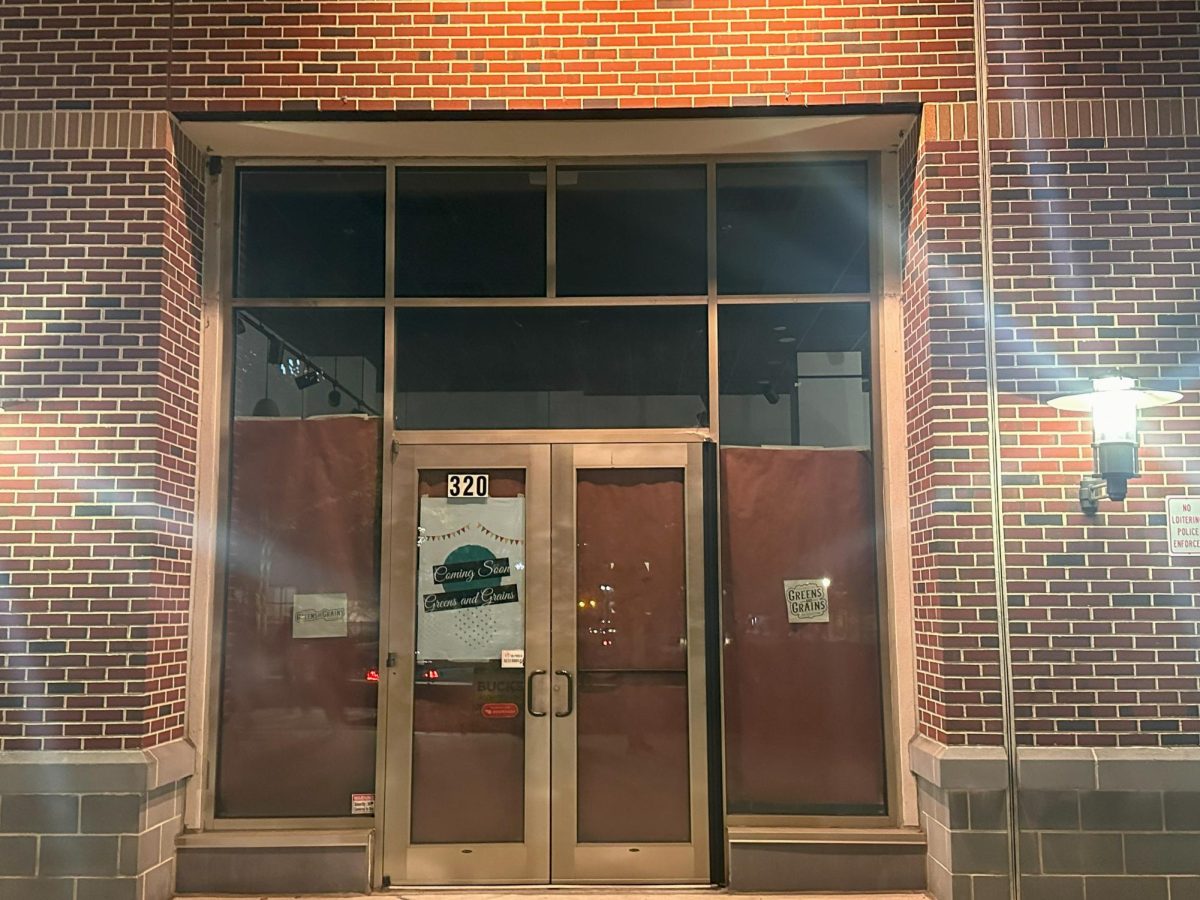


















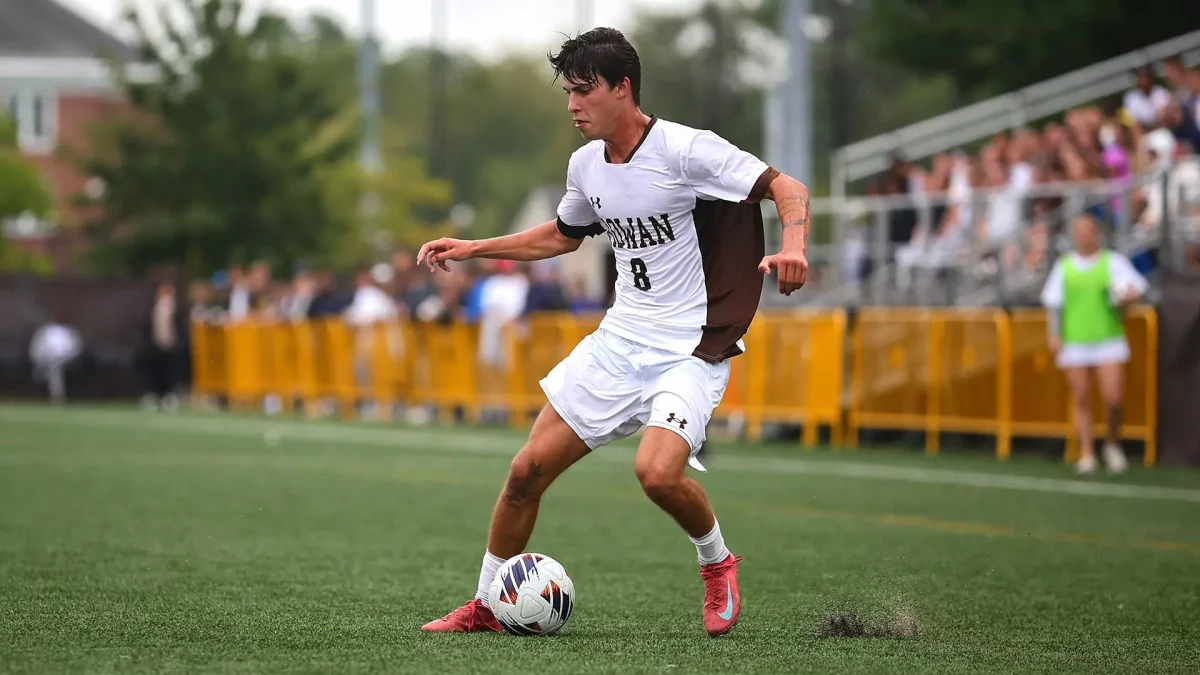




































































































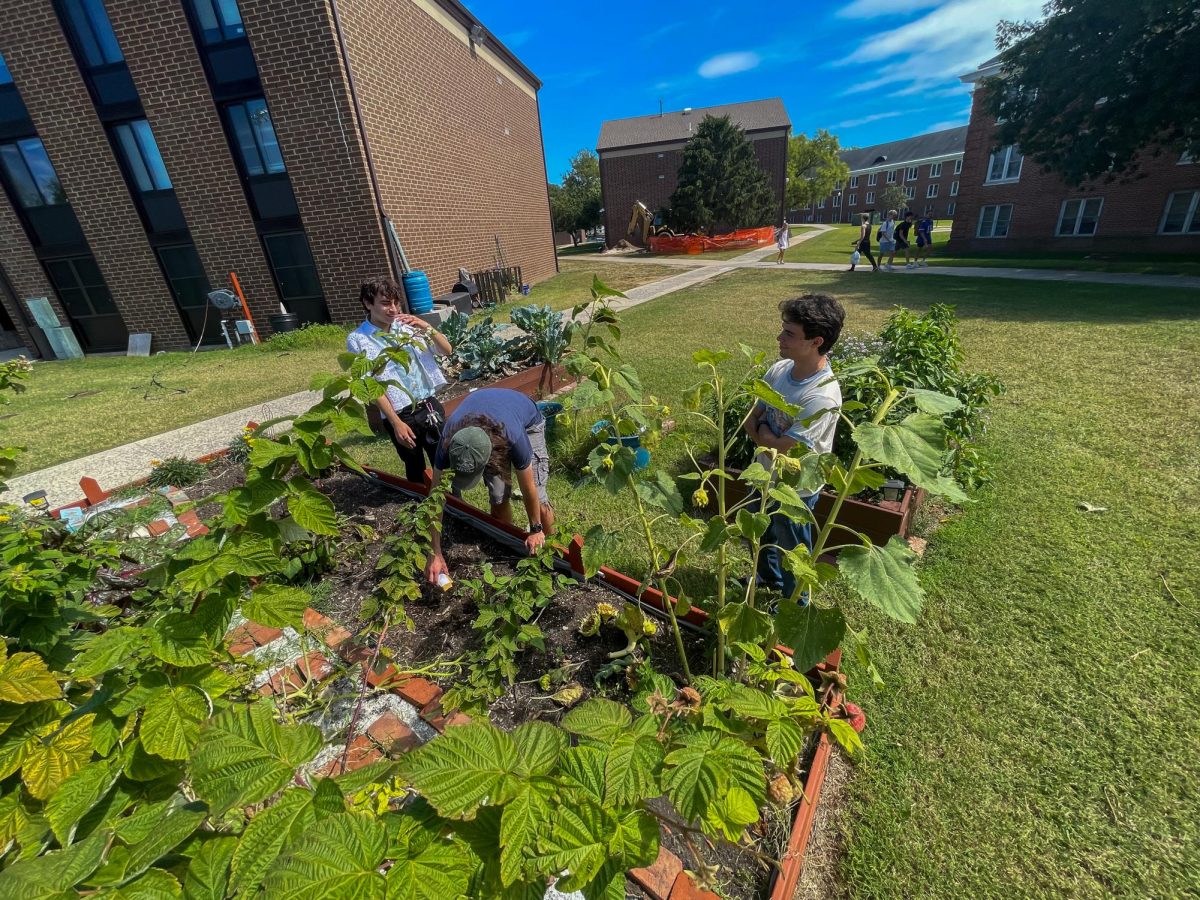



















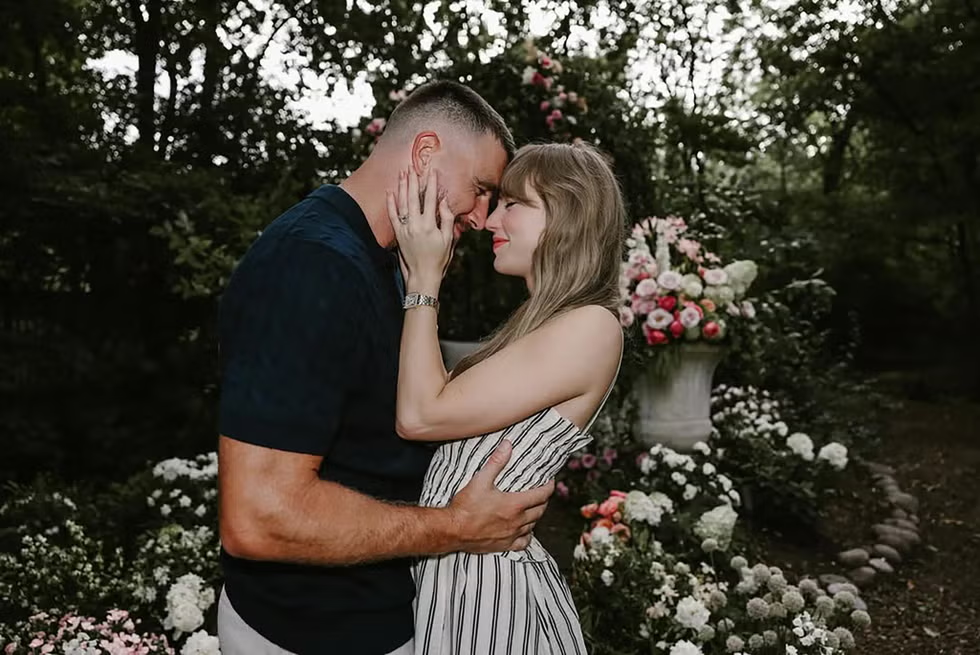

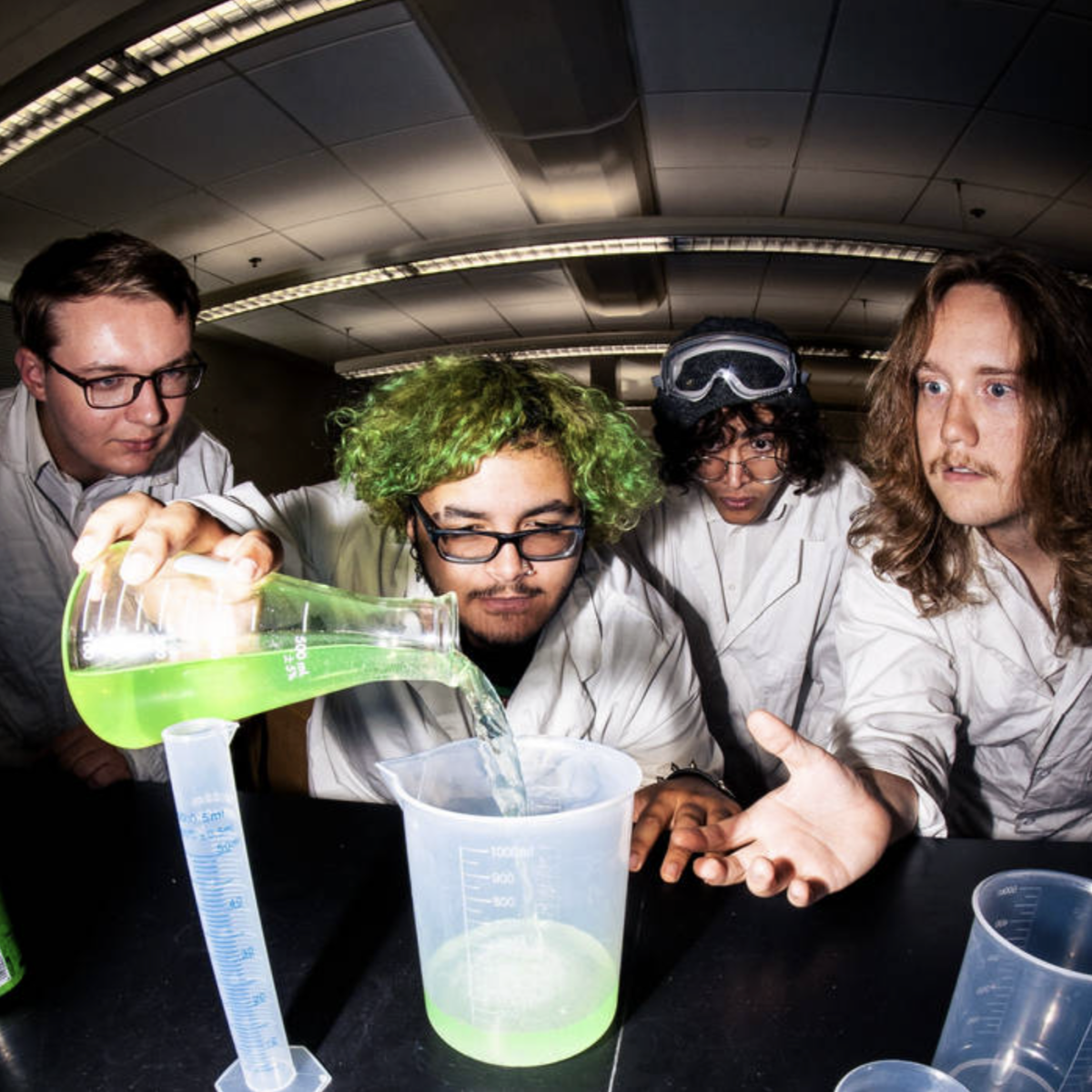




!["Working with [Dr. Lynch] is always a learning experience for me. She is a treasure,” said Thomas. - Staff Writer / Kacie Scibilia](https://thewhitonline.com/wp-content/uploads/2025/04/choir-1-1200x694.jpg)















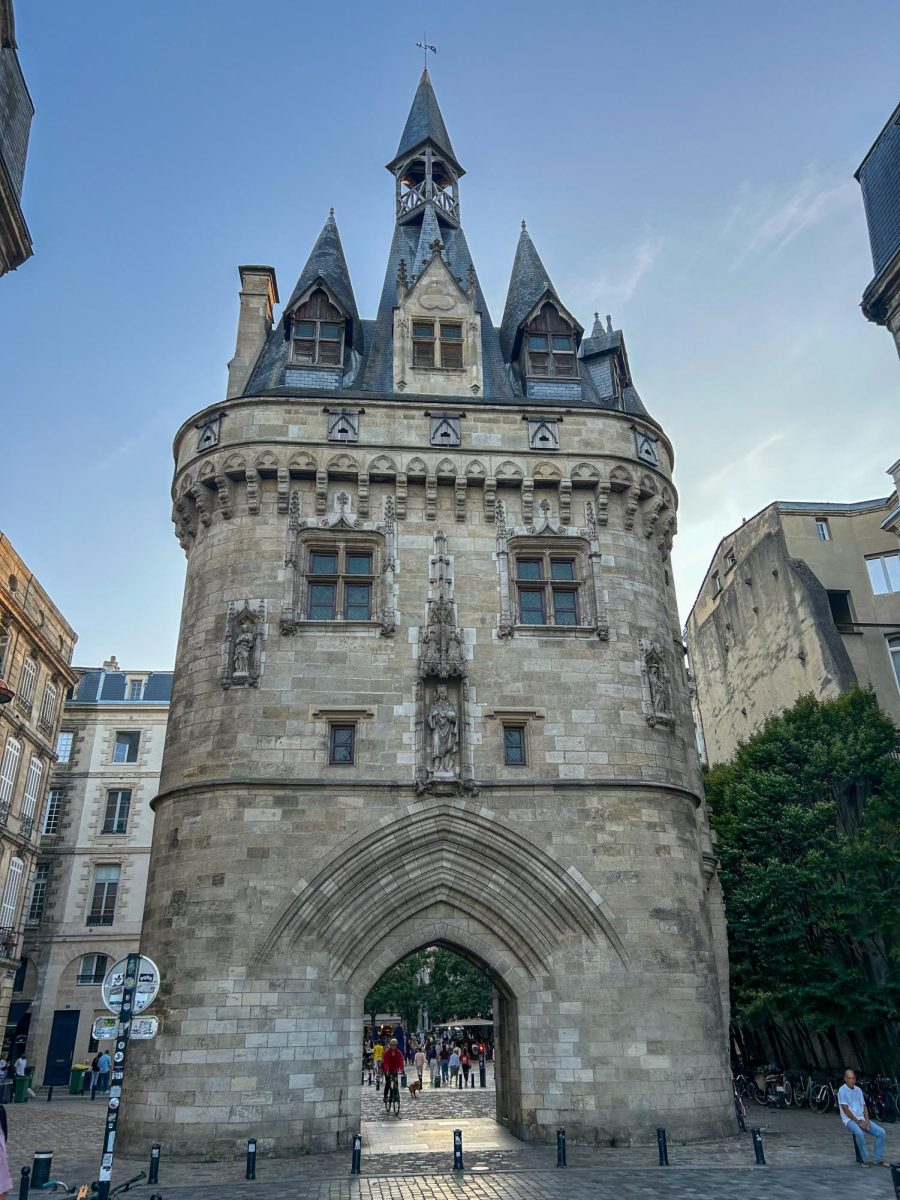
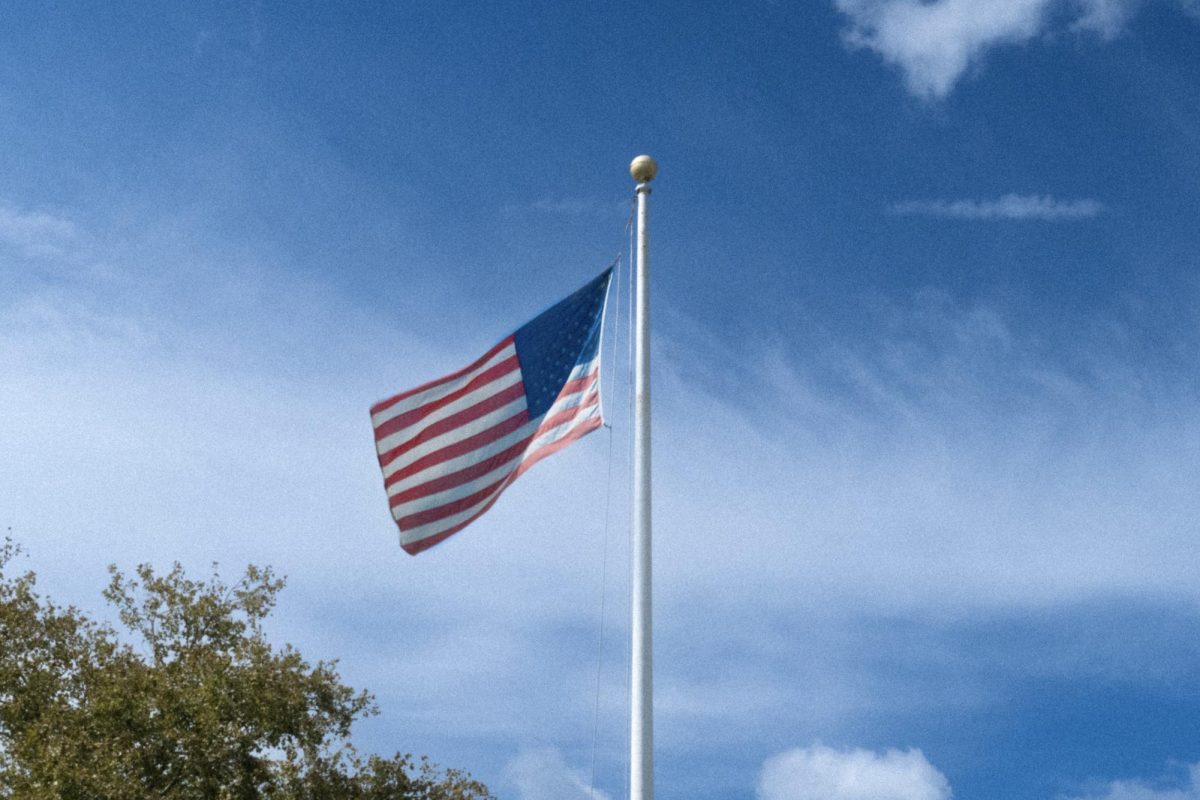






















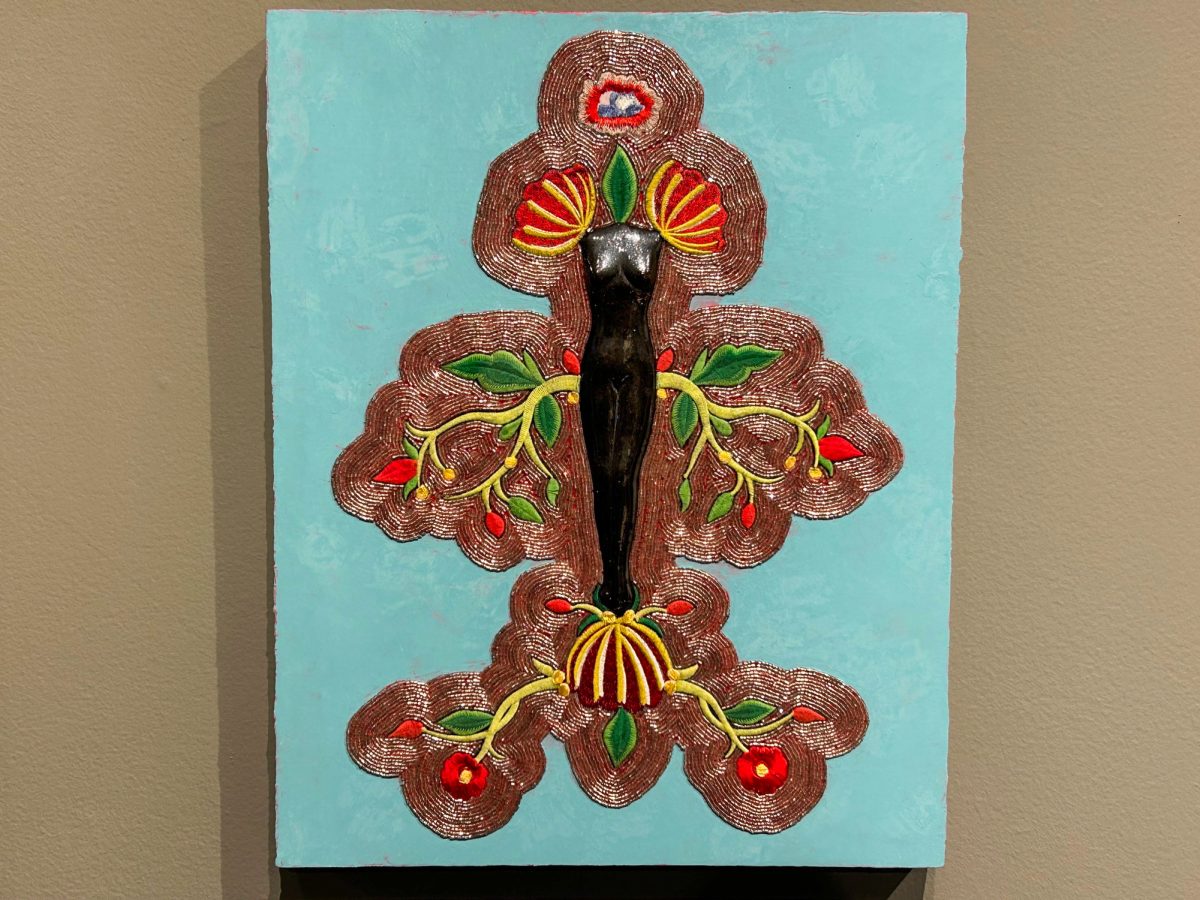

Mary Salvante • Nov 21, 2024 at 6:25 pm
Thank you for a terrific article.